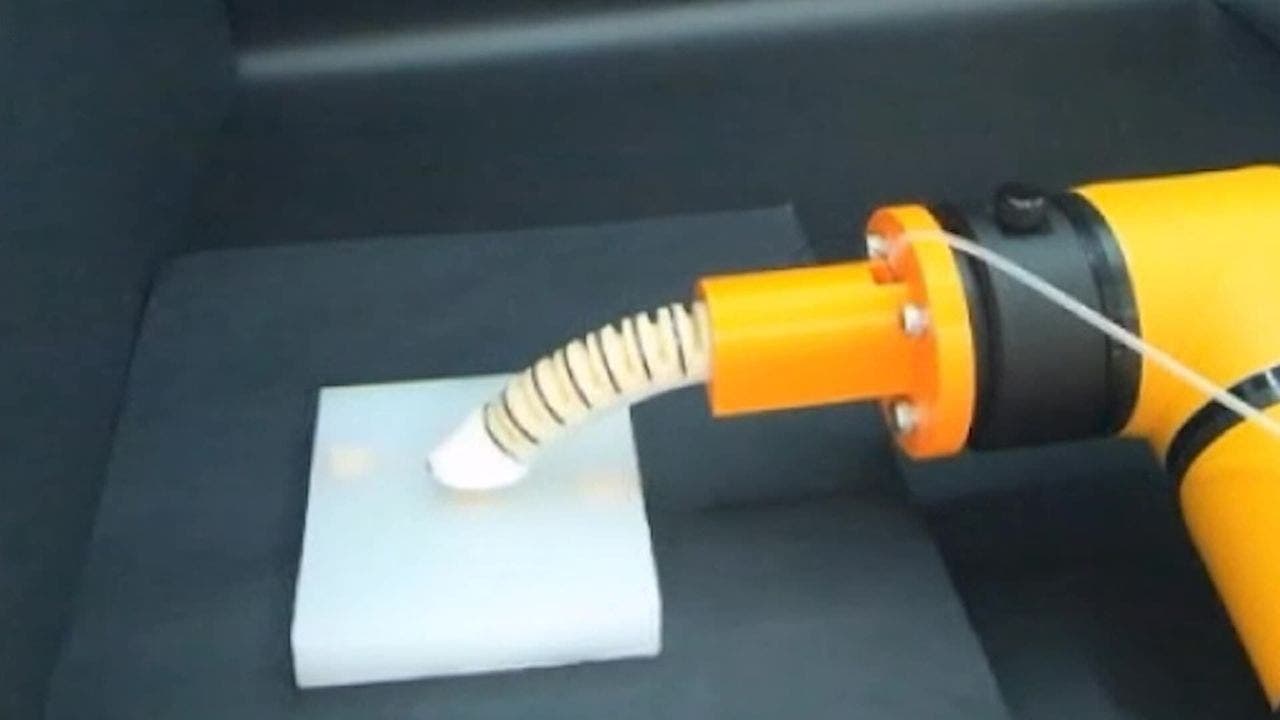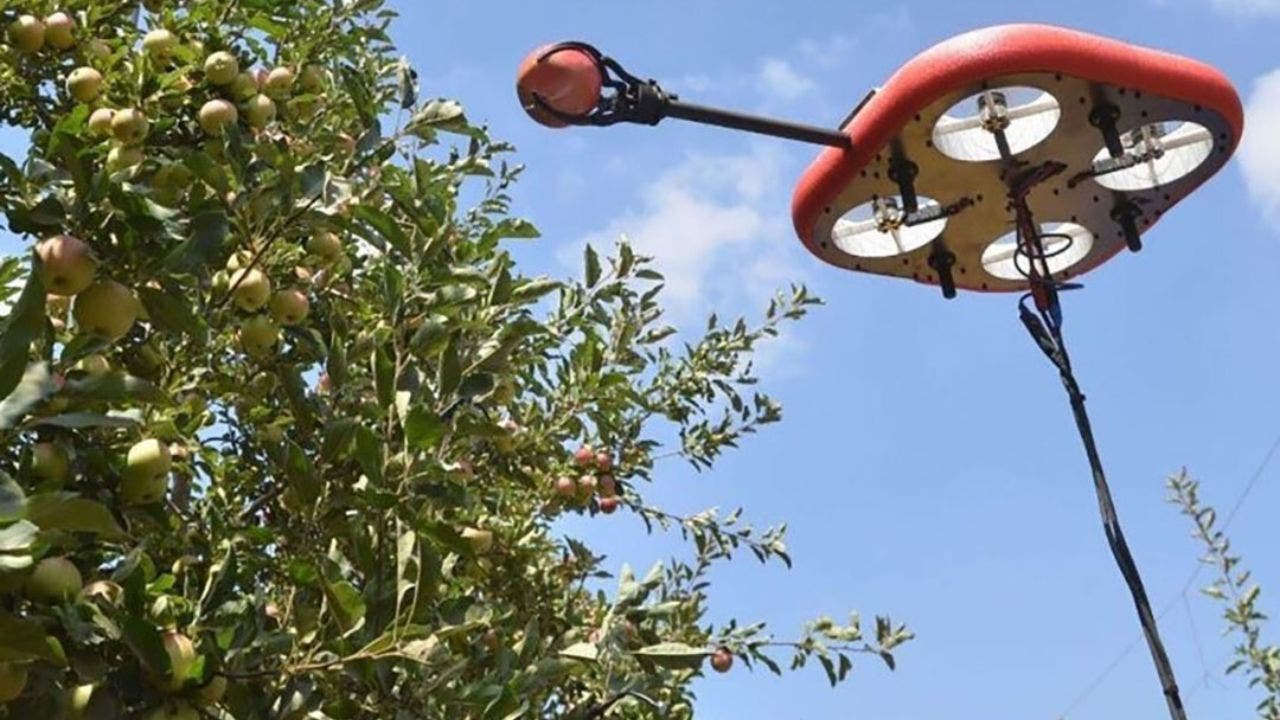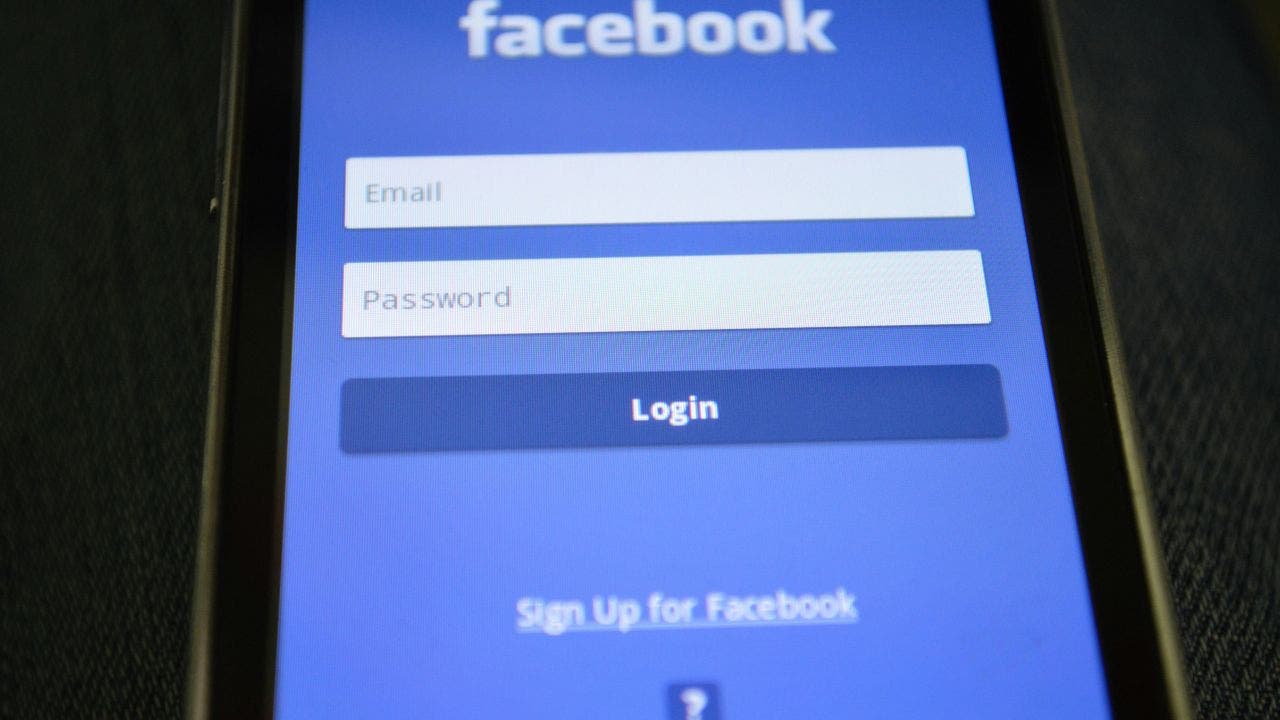Could your next physical exam be performed by a robot finger?

Researchers have recently achieved significant progress in the field of robotics, particularly with the development of a human-like robotic finger capable of conducting routine medical examinations similar to those performed by doctors. This groundbreaking device, created by the University of Science and Technology of China, has the potential to transform the healthcare industry by addressing the shortage of trained medical professionals and improving patient comfort during physical exams.
The bioinspired soft finger (BSF) is designed to mimic the dexterity and sensitivity of human fingers. With its unique semicircular shape and pneumatic networks, the robotic finger can bend and sense pressure effectively. This innovative technology enables the BSF to perform essential tasks such as palpation, which is crucial for identifying abnormalities in tissues and measuring pulse rates.
The design of the BSF is particularly noteworthy because it combines bending actuation with integrated multimodal sensing, allowing the robotic finger to perceive various physical properties of objects through active touch. This capability is essential for early detection of conditions like breast cancer, making the technology invaluable in clinical settings.
The development of the BSF comes at a time when the healthcare industry is facing challenges such as a shortage of trained physicians and patient reluctance to undergo physical examinations. The robotic finger offers a comfortable and accessible alternative for patients, potentially increasing their participation in necessary medical assessments.
Operating through a combination of bending movements and pressure sensing, the BSF can perform palpation on model tissues effectively. In tests, the robotic finger successfully identified model lumps and accurately measured pulses in human participants. The researchers have highlighted that the BSF can “feel” stiffness and conduct safe and precise palpation similar to that of a human doctor.
The implications of this technology extend beyond routine examinations, with potential applications in various healthcare contexts, including remote health care scenarios where physical presence is limited. Additionally, the BSF could serve as a valuable training tool for medical students, allowing them to practice their palpation skills without live patients.
By integrating sophisticated robotics with essential diagnostic functions, this innovation not only enhances healthcare accessibility but also addresses critical shortages in medical personnel. As research progresses and these technologies become integrated into clinical practice, we may soon witness a future where robotic assistance plays a crucial role in patient care, ushering in a new era in healthcare delivery.




